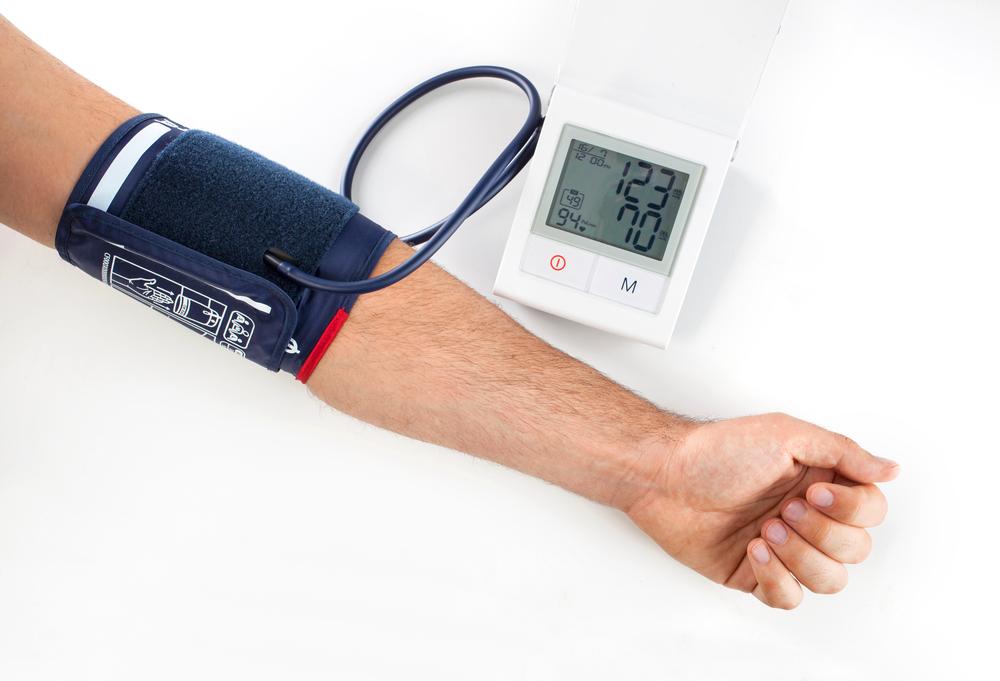Understanding Blood Pressure Charts: A Complete Overview
This article provides a comprehensive overview of blood pressure charts, explaining the significance of systolic and diastolic readings, classification levels, and lifestyle tips for maintaining healthy blood pressure. It highlights the importance of regular monitoring and understanding blood pressure categories to prevent health risks. Suitable for adults, the guide emphasizes the need for proactive management to safeguard cardiovascular health and improve overall well-being.

Understanding Blood Pressure Charts: A Complete Overview
What Is Blood Pressure?
Blood pressure measures the force exerted by blood as it circulates through your vessels.
This pressure is vital for transporting oxygen, nutrients, white blood cells, hormones, and removing waste products like carbon dioxide and toxins processed by the liver and kidneys.
The heart generates this pressure by contracting and pumping blood with each heartbeat.
Physiology
Blood pressure is highest at the beginning of its flow from the heart and drops as it moves through smaller arteries. This pressure gradient drives blood throughout the body and is influenced by arterial health.
What Do Blood Pressure Numbers Represent?
Blood pressure readings consist of two numbers, e.g., 120/80 mm Hg. The first (systolic) reflects the pressure during heartbeats, while the second (diastolic) indicates pressure when the heart rests between beats.
Systolic pressure is the peak pressure during cardiac contraction, and diastolic is the lowest pressure when the heart relaxes.
Which Measurement Is More Critical?
For individuals over 50, systolic pressure (the higher number) is often a better indicator of cardiovascular risk. It tends to rise with age due to artery stiffness.
Blood Pressure Classification Chart
This chart helps you assess whether your readings are within healthy ranges or require attention. It applies to adults regardless of age.
| Your category | Systolic (mm Hg) | Diastolic (mm Hg) | |
| Normal | Below 120 | Below 80 | |
| Prehypertension | 120-139 | 80-89 | |
| Hypertension Stage 1 | 140-159 | 90-99 | |
| Hypertension Stage 2 | 160 or higher | 100 or higher | |
| Hypertensive Emergency | 160 or higher | 110 or higher | |
| Low Blood Pressure | Less than 90 | Less than 60 |
Blood Pressure Categories
The main categories include:
· Normal: Less than 120/80 mm Hg indicates a healthy level.
· Prehypertension: Readings between 120-139/80-89 mm Hg serve as an early warning to prevent further increase.
· Hypertension Stage 1: 140-159/90-99 mm Hg requires lifestyle modification and possibly medication.
· Hypertension Stage 2: 160/100 mm Hg or higher often necessitates medication.
· Hypertensive Crisis: Urgent medical attention is needed for levels over 180/120 mm Hg.
Low Blood Pressure (Hypotension): Below 90/60 mm Hg, symptoms include dizziness and fatigue; extreme cases can be life-threatening. Immediate medical help is essential if shock signs occur.
Maintaining Healthy Blood Pressure
High blood pressure increases risks of heart attack and other health issues. Tips to keep it in check include:
· Quitting smoking
· Limiting alcohol intake
· Eating a balanced diet rich in fruits and vegetables
· Regular exercise
· Reducing salt consumption
· Achieving and maintaining a healthy weight
How Often Should You Monitor?
Regular checkups every three months are recommended, especially if you've previously experienced high readings. Proper tracking helps prevent complications.










